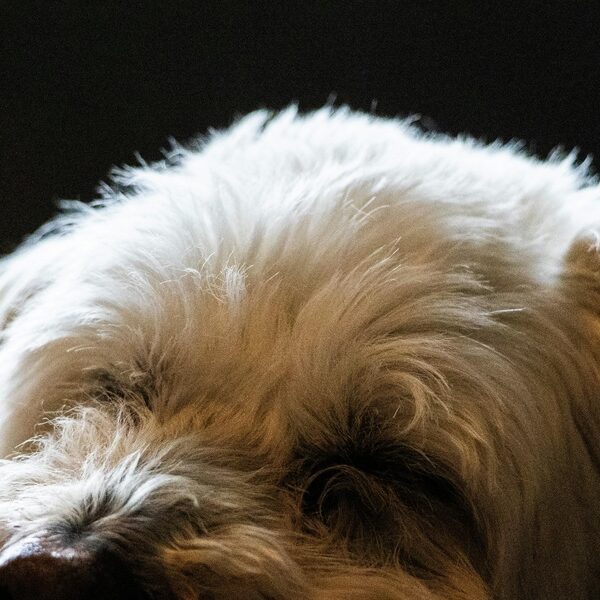Ireland’s coasts, bogs and freshwater habitats support a surprising variety of life, but many native species are under pressure from development, pollution and changing climate. Conservation efforts are active, yet understanding which species are most at risk is the first step toward protecting them.
There are 18 Endangered Species in Ireland, ranging from Angelshark to Triangular Club-rush. For each entry you’ll find below the key details organized as Scientific name,National status,Irish range (habitat), so you can quickly see identification, legal standing and where each species occurs.
How can I help protect these species in Ireland?
You can make a real difference by supporting local conservation groups, reporting sightings to the National Parks & Wildlife Service or citizen science projects, avoiding disturbance to sensitive habitats (coastal zones, peatlands, wetlands), and choosing wildlife-friendly gardening and land-use practices to reduce local pressures.
How is a species’ national status determined in Ireland?
National status is assessed from population size and trend, distribution, and threats; assessments use survey data, expert review and criteria aligned with IUCN guidelines and national red lists, which is why the Scientific name,National status,Irish range (habitat) fields matter for understanding risk and prioritising action.
Endangered Species in Ireland
| Common name | Scientific name | National status | Irish range (habitat) |
|---|---|---|---|
| Curlew | Numenius arquata | Critically Endangered (breeding) | Few remaining pairs in boglands and rushy pastures |
| Freshwater Pearl Mussel | Margaritifera margaritifera | Critically Endangered | Clean, fast-flowing rivers in west and southwest |
| European Eel | Anguilla anguilla | Critically Endangered | Rivers, lakes, and estuaries nationwide |
| Angelshark | Squatina squatina | Critically Endangered | Shallow sandy seabeds, especially Tralee Bay and Clew Bay |
| Corncrake | Crex crex | Endangered | Shannon Callows, Donegal, and coastal Mayo and Connemara |
| Natterjack Toad | Epidalea calamita | Endangered | Coastal sand dunes and heathlands in County Kerry |
| Great Yellow Bumblebee | Bombus distinguendus | Critically Endangered | Flower-rich machair and meadows, mainly The Mullet peninsula |
| Grey Partridge | Perdix perdix | Critically Endangered (breeding) | One managed population in County Offaly |
| Puffin | Fratercula arctica | Endangered | Coastal cliffs and islands like the Skelligs and Saltees |
| Kittiwake | Rissa tridactyla | Endangered | Coastal cliffs and urban structures |
| Marsh Fritillary Butterfly | Euphydryas aurinia | Endangered | Damp, unimproved grasslands and fens |
| North Atlantic Right Whale | Eubalaena glacialis | Critically Endangered | Seasonal visitor to offshore Irish waters |
| Common Skate | Dipturus batis | Critically Endangered | Deep water offshore |
| Leatherback Turtle | Dermochelys coriacea | Critically Endangered | Seasonal visitor to offshore waters, especially south and west coasts |
| Triangular Club-rush | Schoenoplectus triqueter | Critically Endangered | Tidal mudflats on the Shannon Estuary |
| Killarney Fern | Vandenboschia speciosa | Endangered | Deeply shaded, humid ravines and caves in the southwest |
| Irish Lady’s-tresses | Spiranthes romanzoffiana | Endangered | Lakeshores and damp pastures in west and north |
| Marsh Saxifrage | Saxifraga hirculus | Endangered | Mountain flushes and springs in the west of Ireland |
Images and Descriptions

Curlew
A large wading bird with a distinctive long, down-curved bill and haunting call. Ireland’s breeding population has collapsed by over 97% due to habitat loss from agriculture and forestry, and increased predation. It is a key indicator of wetland health.
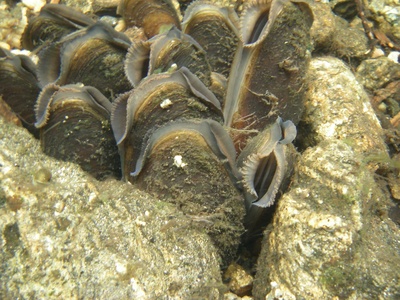
Freshwater Pearl Mussel
An ancient bivalve that can live for over 100 years, making it one of the longest-living animals. Populations are collapsing due to river pollution and siltation from land use changes, which smothers its habitat and prevents reproduction.
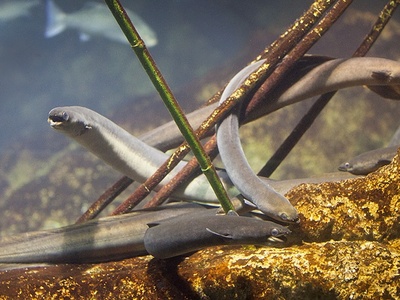
European Eel
A mysterious fish that undertakes a massive migration to the Sargasso Sea to breed. Its populations have crashed by over 95% due to overfishing, barriers in rivers like weirs, pollution, and climate change impacting ocean currents.
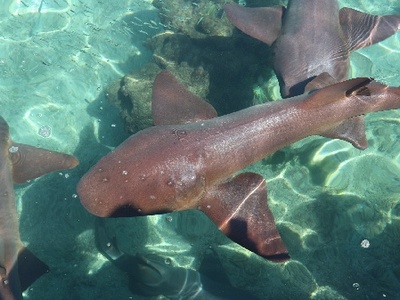
Angelshark
A flat-bodied shark that ambushes prey from the seabed. Once common, it has been wiped out across most of its range by being caught as bycatch in bottom-trawling fisheries. Ireland is now one of its last remaining global refuges.
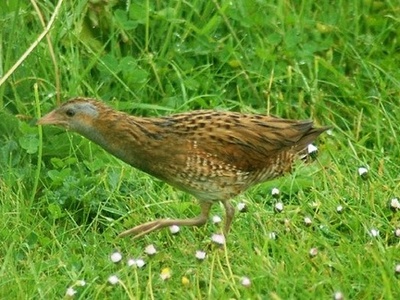
Corncrake
A secretive bird famous for its loud, rasping call from tall meadows. Changes in farming, particularly earlier and faster mowing for silage, destroyed its nests and chicks. Conservation now focuses on farmer-led habitat management schemes.
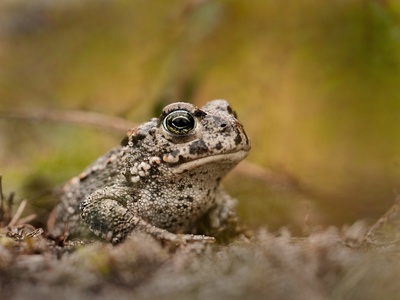
Natterjack Toad
Ireland’s only native toad, distinguished by a yellow stripe down its back. Its very restricted habitat is threatened by agricultural intensification and coastal erosion. Conservation efforts focus on creating and maintaining the shallow breeding pools it requires.

Great Yellow Bumblebee
A large, distinctive golden-yellow bumblebee that was once widespread. It has suffered a catastrophic decline due to the loss of flower-rich meadows from intensive agriculture. It is now confined to just a few sites in the far west of Ireland.

Grey Partridge
A ground-nesting gamebird that is functionally extinct in the wild in Ireland. The loss of varied arable farming habitats, hedgerows, and increased pesticide use led to its demise. A conservation project in Boora, Co. Offaly is fighting its extinction.
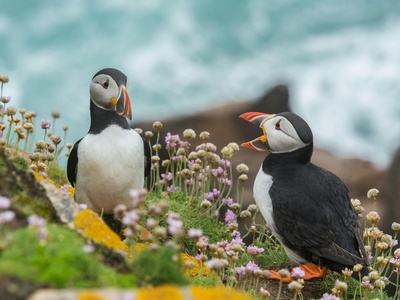
Puffin
An iconic seabird whose populations are in steep decline. Overfishing and climate change are reducing the availability of its key food source, sandeels, leading to widespread breeding failure. They are a clear indicator of marine ecosystem health.
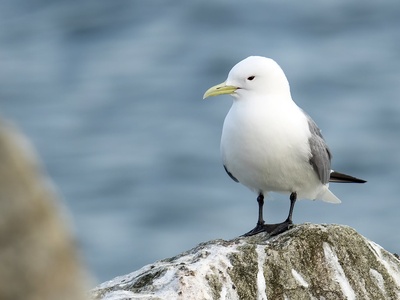
Kittiwake
A small, gentle gull that nests in large, noisy colonies on sea cliffs. Like the Puffin, its numbers are plummeting due to food shortages caused by warming sea temperatures and a lack of small fish, leading to starvation of chicks.
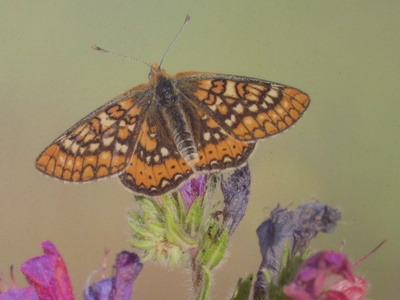
Marsh Fritillary Butterfly
A beautiful, intricately patterned butterfly protected under EU law. Its caterpillars feed exclusively on Devil’s-bit Scabious, so it is highly vulnerable to habitat loss from land drainage, agricultural improvement, and abandonment of traditional grazing.
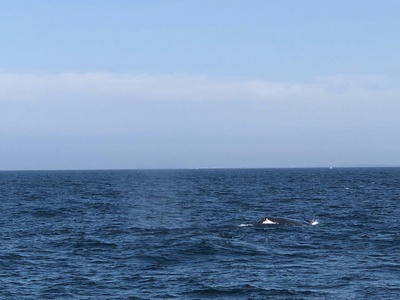
North Atlantic Right Whale
One of the most endangered large whales in the world, with only a few hundred individuals remaining. These giant filter-feeders are highly vulnerable to entanglement in fishing gear and collisions with ships, which are their main causes of death.
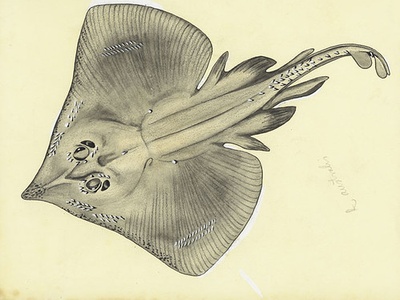
Common Skate
A huge, diamond-shaped ray that can grow over 2 metres long. As a slow-growing, late-maturing species, it is extremely vulnerable to overfishing. It was once abundant but is now commercially extinct and critically endangered in the North-East Atlantic.
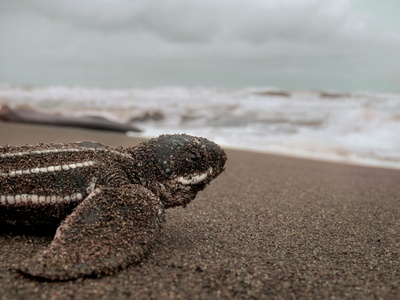
Leatherback Turtle
The largest turtle on Earth, a regular visitor to Irish waters to feed on jellyfish. It is critically endangered globally due to plastic pollution (which it mistakes for jellyfish), boat strikes, and being caught as bycatch in fishing nets.

Triangular Club-rush
An extremely rare plant that, in Ireland, is found only in one location on the Shannon Estuary. It is on the brink of extinction due to habitat degradation, erosion, and competition from invasive species like cordgrass.
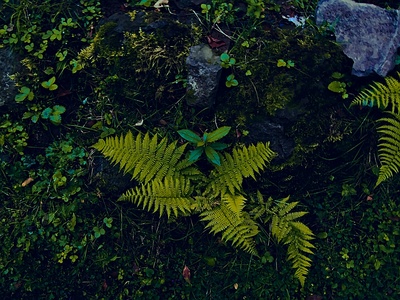
Killarney Fern
A rare and ancient fern with translucent fronds that thrives in constant high humidity. It is extremely vulnerable to disturbance and environmental changes, particularly drying of its habitat, and illegal collection has also threatened it in the past.
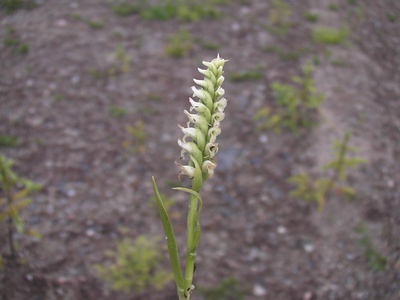
Irish Lady’s-tresses
A small, rare orchid with white flowers arranged in a spiral. It has a curious distribution, found in North America and a few isolated spots in Ireland and Scotland. Its habitat is vulnerable to land drainage and agricultural improvement.
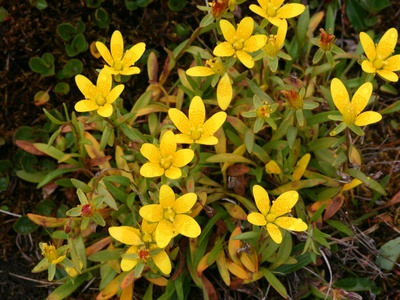
Marsh Saxifrage
A beautiful yellow-flowered arctic-alpine plant, a relic of the last Ice Age. It is now confined to a tiny number of mountain sites, where it is severely threatened by overgrazing from sheep and habitat damage.


